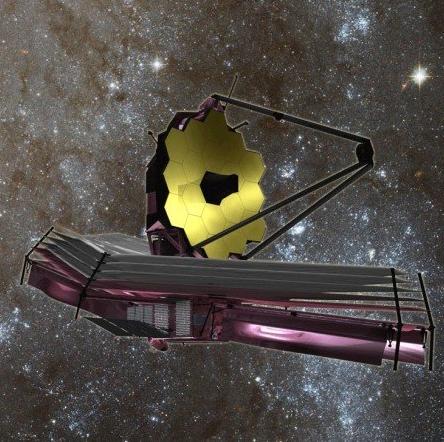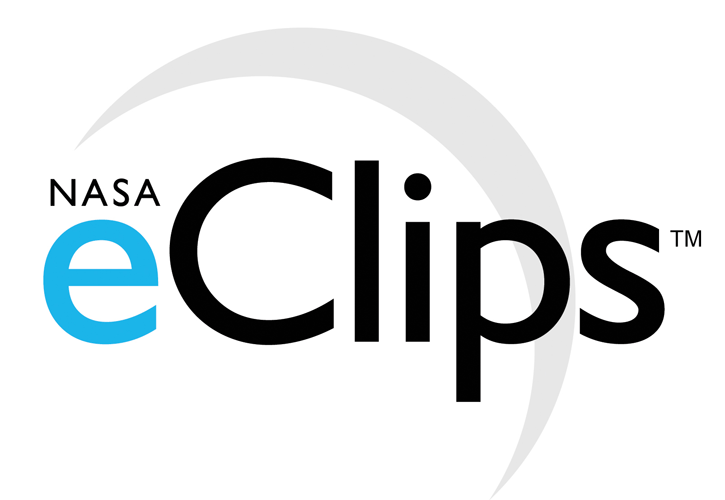
|
Converting from Fahrenheit to Kelvin Temperatures |
||||||||
|
|||||||||
 |

Mathematics Skill or Topic Area:
Solving Simple Equations
Next Gen Science Standards PS1: Matter and Its Interactions; ETS1: Engineering Design; ETS2: Links Among Engineering, Technology, Science, and Society
Common Core ELA for Science: RST.6-8.2. Determine the central ideas or conclusions of a text; provide an accurate summary of the text distinct from prior knowledge or opinions. RST.6-8.8. Distinguish among facts, reasoned judgment based on research findings, and speculation in a text. RST.6-8.9. Compare and contrast the information gained from experiments, simulations, video, or multimedia sources with that gained from reading a text on the same topic.
Common Core Math Standard: CC.7.EE.4 Use variables to represent quantities in a real-world or mathematical problem.

Video Engagement: Cryogenics - The Cold Hard Facts Discover the everyday applications of cryogenics from magnetic scans to the high-tech space telescopes like the James Webb Space Telescope. Learn about absolute zero and the Kelvin temperature scale (7 minutes). View Program
|
Engage your students with a press release: NASA's James Webb Space Telescope Completes Second Round of Cryogenic Mirror Testing
NASA's Marshall Space Flight Center in Huntsville, Alabama, has finished the final testing on 12 of the 18 mirror segments
that will form NASA's James Webb Space Telescope’s primary mirror. The eight-week test included two test cycles in which
the mirrors were chilled down to -379 Fahrenheit (-228 Celsius), then back to room temperature to make sure the
mirrors respond as expected in the extreme temperatures of space. This is called cryogenic testing because super-cool temperatures are used.
During the recent round of cryogenic testing, a second set of six mirror segments were subjected to
extreme temperatures in the 7,600 cubic-foot (~215 cubic meter) helium -cooled vacuum chamber. This test allowed engineers
and scientists
to measure in extreme detail just how the shape of the mirrors change as they cool. Whenever metal or glass is chilled to low temperatures
it contracts slightly.
This microscopic contraction can ruin the shape of the mirror so that it no longer focuses light properly. Opticians know precisely
just how much contraction occurs so
they can design the mirror so that its shape is perfect at the specific temperature it will be at in space.
Each mirror segment measures approximately 4.3 feet (1.3 meters) in diameter and are assembled to form the 21.3-foot (6.5-meter),
hexagonal primary telescope mirror. Each of the 18 hexagonal mirror tiles
weighs about 90 pounds (40 kilograms). The mirrors are made of a light and strong
metal called beryllium, and coated with a microscopically thin coat of gold. This coating lets the mirror collect, focus and reflect
infrared light from the distant universe, and deliver it to the instruments that will be used to make images and other measurements.
The Webb Space Telescope will be the most scientifically powerful telescope NASA has ever built -- 100 times more powerful
than the Hubble Space Telescope. The $7 billion telescope has been designed to find the first galaxies that formed when the universe
was only a few hundred million years old.
It will peer through dusty clouds to see stars and planets
being born, connecting star formation elsewhere in our own galaxy with the solar system. It will also be used to study the chemistry of planets orbiting other stars - perhaps to find a twin to our own Earth.
Press release date line - September 20, 2011 Press release
location: [
Click Here ] |
|
Explore math connections with SpaceMath@NASA
Problem I - Kelvin Temperatures and Very Cold Things - Students convert from Celsius and Fahrenheit and to Kelvin using three linear equations. Topics include evaluating simple linear equations for given values. [Open PDF]
Problem II - The Goldilocks Planets - Not too hot or cold. - Students use a table of the planets discovered by the Kepler satellite, and estimate the number of planets in our Milky Way galaxy that are about the same size as Earth and located in their Habitable Zones. They estimate the average temperature of the planets, and study their tabulated properties using histograms. Topics include working with Kelvin temperatures; averaging; histogramming. [Open PDF]
Explain your thinking:
Write your own problem - Using information found in the Math Connection problems, the press release or the video program, create your own math problem that involves converting from one temperature scale to another and solve it. Explain why you set the problem up this way, and how you might find its answer.
Evaluate your understanding:
Challenge Problem - The Moon is at a distance of 1 AU from the sun and has a nighttime temperature of 120 K. Pluto is located at 35 AU from the sun and has a temperature of 55K. Quaoar is located 45 AU from the sun and has a temperature of 50 K. Eris is at a distance of 70 AU from the sun and has a temperature of 40 K. A new dwarf planet 2010EK139 is located 100 AU from the sun. What is its temperature in Kelvins, Celsius and Fahrenheit? Explain how you arrived at this answer.
Answer: First plot a graph of temperature (range from 1 to 130 K) versus distance (range from 0 to 120 AU) for the known bodies. Use the trend in the data to create a mathematical curve that smoothly passes through all the points and extends to 120 AU. Identify the temperature corresponding to x = 100 AU to get about T = 35 K. Convert this to Celsius using C = Kelvin - 273 = - 238 and Fahrenheit = 9/5(-238)+32 = -460.

NASA / JPL
3-D Solar System
Extend your new knowledge - As objects move closer and farther from the sun in their orbits, their temperatures will change as the amount of sunlight reaching their surfaces varies. Students will use Eyes on the Solar System to calculate the temperatures of distant objects beyond the orbit of Pluto. [ Open PDF ]